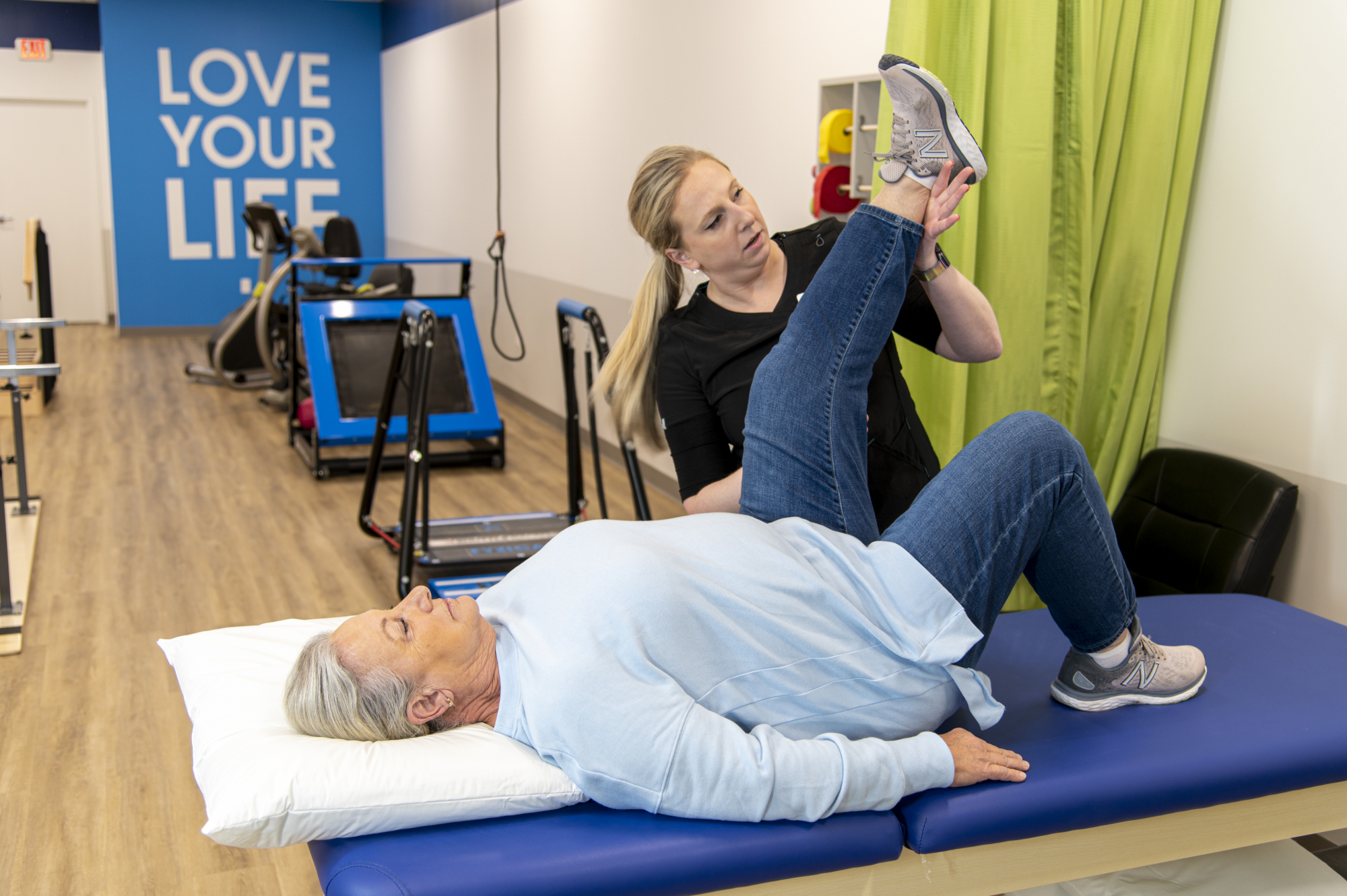One of the main benefits of using FMS in recovery is its capability to identify specific aspects that need enhancement. For instance, if a patient has difficulty with squatting or lunge movements, it may indicate a deficiency of mobility in their hip joints or ankles. This data allows therapists to formulate personalized fitness regimens that highlight correcting these deficits. As a result, patients are more likely to recover their strength and functionality, which is crucial for returning to daily activities or athletics.

Incorporating efficient FMS protocols can also assist avoid future injuries. Many injuries happen due to poor movement patterns or overuse of certain muscle clusters. By screening patients before they start a rehabilitation plan, therapists can detect risks and implement strategies to reduce them. Informing patients about proper mobility patterns and enhancing weak aspects can lead to sustained benefits, promoting that they stay engaged and healthy.
Additionally, see this website the use of FMS can improve dialogue between healthcare providers and patients. When clients see their movement mechanics evaluated and explained, they gain a better comprehension of their rehabilitation journey. This clarity builds trust and motivates patients to take an active part in their recovery. By engaging patients in their rehabilitation journey, they are more likely to follow to prescribed activities and lifestyle adjustments that promote better results.
In summary, enhancing recovery results through efficient functional movement assessment their website protocols is essential for both clients and healthcare professionals. By accurately evaluating mobility patterns, clinicians can develop tailored rehabilitation programs that address specific needs. This not only aids in rehabilitation but also helps prevent future injuries. As patients become more engaged in their rehabilitation process, they are likely to attain their objectives and maintain a healthy, active way of living.